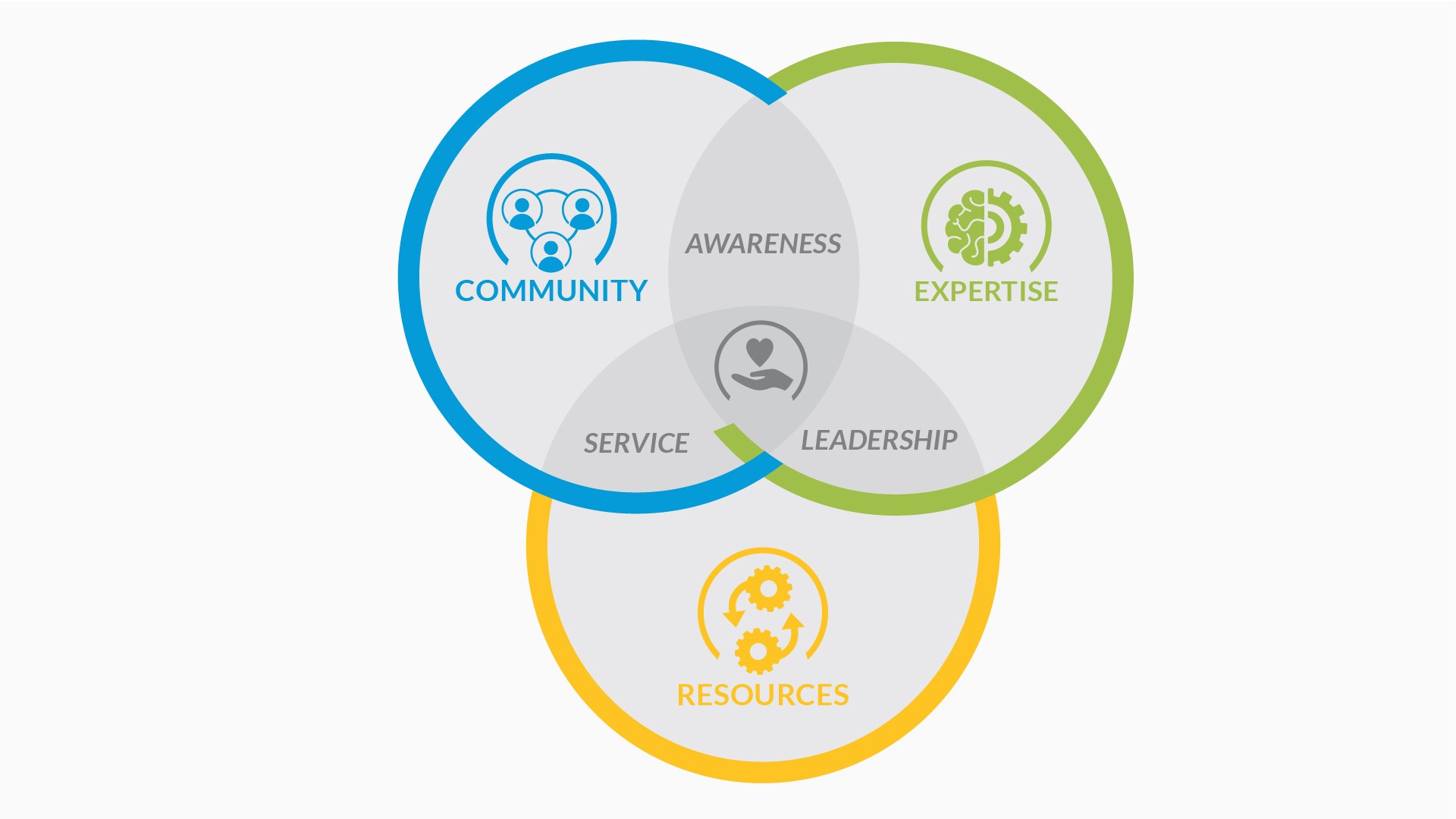5 Things Small Businesses Can Do to Stand Out
I emigrated from Mexico when I was just eight years old and didn’t even speak English. Now, over 3 decades later, I myself am a successful entrepreneur and active member of my community. My journey has given small businesses and their owners a special place in my heart. Currently, I’m on the Board of Directors on the Minority Supplier Development Council and am active in the Hispanic 100, an organization that promotes Latinas in the areas of employment, procurement and social issues. I’m also involved with the Irving Chamber of Commerce and am a member of the 2019 class of Goldman Sachs 10,000 Small Businesses. I always recommend that small business owners look to their local chambers and other organizations for growth opportunities.
Consumers are constantly inundated with information from major tech, consumer products, food and beverage, and financial corporations every day. Small businesses often offer just as good (if not better) services and products, but it can be so hard to break through the noise on our smartphones and TVs. However, all hope is not lost! There are still many ways that small businesses can be successful in communicating with potential customers.
1. CUSTOMER TARGET BASICS
First, small businesses need to identify their target market. Understanding who fits into the target market will serve as a foundation for all other marketing decisions. There are many factors to consider:
Location Where is your business located? Is it near any heavily trafficked areas like a school, hospital or shopping center?
Age/Gender/Race/Ethnicity Consider the age of your customers. Do you cater to teens and college students or is your clientele made up of parents and older adults? Having an understanding of your basic customer demographics can help businesses utilize national demographic trends in business decisions.
Income Businesses should generally know how much money their customers make. Does your pricing reflect the income of your target market?
Behavior Think about the behaviors of your customers. Are they likely to be stopping by your business in the morning after dropping the kids off at school? Are students likely to stop in for a late-night study break? Are you open at 4 AM to catch people leaving the graveyard shift? Knowing this information can help businesses offer more effective hours and products.
Familial Status Does your establishment attract singles or married couples, families, or children? Knowing the familial status of your target market can help businesses determine how family-friendly (or not) their space needs to be.
Barriers Lastly, consider who is excluded from your products or services. Is it too expensive for some people or not accessible to a certain location? Barriers are okay – it’s up to the business owner to determine whether or not to remove those barriers or maintain a niche audience.
2. DEFINING YOUR CUSTOMERS’ WANTS AND NEEDS
Now that businesses have determined WHO their customers are, it’s time to thoughtfully define WHAT they want. The best ways to do this are a blend of direct customer interaction and general market research. Talk to your customers The easiest way to find out what customers want and need is to ask them. Business owners can socialize with customers and read reviews. It doesn’t hurt to come up with creative ways for customers to leave feedback, like written review cards or fun polls.
Talk to your industry peers/competition Your industry peers may have insights that you don’t about your customer base. For this reason, it’s important to have a good working relationship with competing business owners.
Mystery shopping (in person and online) There are many online services that will send “secret shoppers” who will visit your business and provide detailed feedback! Pricing will vary based on type of service required and size of business, but you can request a quote here: https://www.secretshopper.com/.
Stay up to date on the latest research This one is pretty easy! Find meaningful, engaging industry publications and devote a few minutes per day to perusing them. Feel free to share with your industry peers. This is a great way to build relationships with fellow business owners!
3. OPERATIONS BASICS
Now that you’ve figured out what your customers want, its time to put that information to use. Take their feedback and improve the customer experience by integrating customer wants and needs into your operations. There are a few really easy steps small businesses can take!
The Digital Experience Are your website and Google contact pages up to date? Additionally, any reservation system or contact mechanism needs to work flawlessly. Otherwise, customers will grow bored, distracted, or frustrated. Addressing small details like these will make the customer journey to your business seamless and easy.
Social Media Many small business owners make the mistake of spreading themselves too thin to adequately maintain their social media accounts. However, for social media to be an effective marketing tool, business owners need to approach it with a thoughtful strategy. Each post should serve a goal of engaging a customer towards a goal. Goals can include sales, brand awareness, follower growth, or event attendance.
Third-Party Services Consider engaging third-party services to save time and improve efficiency. If your operation is too large to manage alone, or you have a small team, there are countless reservation tools, social media management tools, staffing management tools, accounting software programs, and more to explore. If it fits into your budget, leveraging technology to improve operations never hurts!
COVID-19 Many customers have grown accustomed to changes implemented due to the pandemic. People expect higher levels of sanitation, more space, no-contact options, digital options, and more. This isn’t a bad thing! Businesses should view this as an opportunity to provide the best customer service possible. Maybe this means your company keeps no-contact delivery, or trades in a few tables for more space per customer.
4. DATA, DATA, DATA
Data is the key to developing and maintaining successful marketing strategies. It’s simple – business owners should know how, where, and when they are engaging with their customers.
Point Of Sale System (POS) A modernized POS can drastically increase the amount of data available to business owners! Consider investing in a nice one that will track product sales, time of sales, repeat customers, and more. Some of them will even connect to a dashboard that aggregates additional data into user-friendly reports.
Social Media & Google After you’ve revamped your social media strategy, you should start seeing results. Pay close attention to which posts are performing better and which posts convert to a sale! Get familiar with Facebook and Instagram Admanager. Understanding metrics in those platforms will help you better budget funds to spend on social media advertising. Additionally, use Google Analytics to see which search terms lead customers to your page. This information can help you optimize your website to show in more search results!
Customer Relationship Management System (CRM) Depending on the size, scale, and mission of your operation, a CRM may be a great investment. CRMs can consolidate social media data, POS data, and web traffic into useful reports. Some will even generate suggestions for business owners! They can also generate leads for direct sales contact, send emails and other communications to customers, and auto-update linked platforms.
5. GET CREATIVE
Each business is unique, and there isn’t a “one size fits all” solution to successful marketing. In order to stand out, small businesses owners need to use the tools mentioned above to engage their customers in a special and memorable way. This can mean featuring customers on social media, promotions, contests, unique decor, merch and swag, loyalty programs, collaborations with other businesses, and partnerships with local charities. Get creative and have fun!



